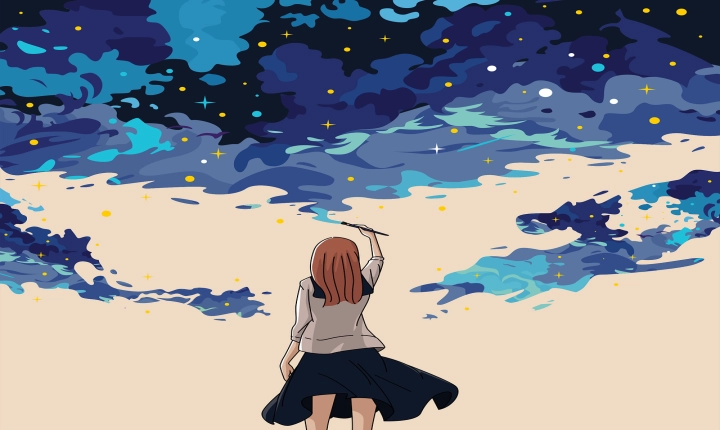Artificial intelligence, or AI, has made significant advancements in various fields, and one of the latest trends is AI painting. AI painting uses algorithms and deep learning techniques to create original artwork, imitating the style of famous artists or developing unique styles of its own.
What is an AI painter?
An AI painter is a computer program or a system that utilizes machine learning algorithms to create art. These algorithms analyze and learn from vast amounts of existing artwork to understand artistic styles, patterns, and techniques. By using this knowledge, AI painters can generate original artwork, including paintings, drawings, and digital art. Some AI painting systems can also take input from human artists and use that information to create new pieces.
How does it work?
The process of creating art with AI involves a combination of techniques such as neural networks, deep learning, and image processing. Here’s a simplified overview of how an AI painter works:
1. Training the AI: The AI painter is trained on a large dataset of artwork that includes paintings from different artists, genres, and time periods. This training allows the AI to understand the features, styles, and patterns present in the artwork.
2. Generating art: Once the AI has been trained, it can create new artwork by applying the knowledge it has gained. The AI analyzes input images or prompts and generates new art pieces following the style and characteristics it has learned.
3. Iterative improvement: Some AI painting systems can continuously improve their output by receiving feedback from users or retraining based on new datasets. This iterative process allows the AI to refine its artistic style and produce more sophisticated art over time.
Applications of AI painting:
The emergence of AI painting has brought about several applications and implications:
1. Artistic creation: AI painting can be used as a tool for artists and creators to generate new ideas, explore different styles, and experiment with visual concepts. It can also serve as a source of inspiration for traditional artists.
2. Personalization: AI painting can be used to create personalized artwork based on individual preferences and styles. This can be particularly useful for generating custom art pieces for individuals or businesses.
3. Art restoration: AI painting algorithms can be utilized to restore and recreate damaged or deteriorated artwork, providing a new lease of life to historically significant pieces.
4. Education and research: AI painting can be used as a learning tool in art education and art history, allowing students to study and analyze different artistic styles and techniques with the help of AI-generated examples.
Challenges and limitations:
While AI painting shows great promise, it also comes with its own set of challenges and limitations. One of the main concerns is the ethical and legal implications of AI-generated art, particularly in terms of copyright and intellectual property rights. Additionally, some critics argue that AI-generated art lacks the emotional depth and human experience that is often associated with traditional artistic creation.
The future of AI painting:
The field of AI painting is still evolving, and its future holds great potential. As technology advances, AI painters may continue to refine their skills, produce more sophisticated artwork, and collaborate with human artists to create entirely new forms of artistic expression. Additionally, AI painting could play a role in preserving and promoting cultural heritage and artistic traditions.
In conclusion, AI painting represents an intriguing intersection of art and technology, offering new possibilities for artistic expression and creativity. While there are challenges and uncertainties associated with this emerging field, the potential for innovation and collaboration between humans and machines in the realm of art is undoubtedly exciting.
